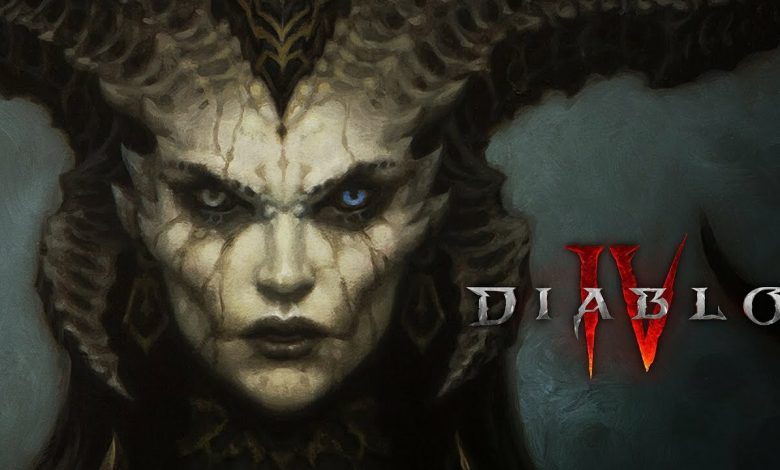
Few games have been called upon to serve as redemption for their company's profile like Diablo IV (D4). Its production didn't start off on the best of terms, as Diablo 3, despite being a fun title with a solid technical section that improved as time went on, couldn't escape the slate of problems in its first few months of release. Its visuals and weak storyline were in stark contrast to what Diablo 2 was (or had come to be in the minds of fans). The clumsy decision to announce Diablo Immortal (with all the associated memes) instead of Diablo IV contributed greatly to the community's distancing from Activision Blizzard.
Combine the above with all the scandals that came along the way (workplace grievances, stance on international issues while organizing global events), and you can see that Activision Blizzard was in dire need of a product-based win. Production had therefore already started under an uneven weight of expectations from both fans and Blizzard itself, who wanted to show that they still "got it ". It was therefore time to examine whether the bet it had made with itself would pay off.
From our end, we received the review code during the "early access" of the official release and not during the closed Press testing. Therefore, instead of opting for the rapid presentation, we aimed to thoroughly examine all systems, especially those of the endgame in the game, to understand how attractive a proposition Diablo IV is. The reason for this approach is because now the franchise (and all of Blizzard's games) have been converted to Games as a Service (GaaS). How does this translate? Quite simply that D4 can only be judged as an MMO title, with a portion of it focused on its story, but all other systems are positioned with the prospect of a long-term support cycle.
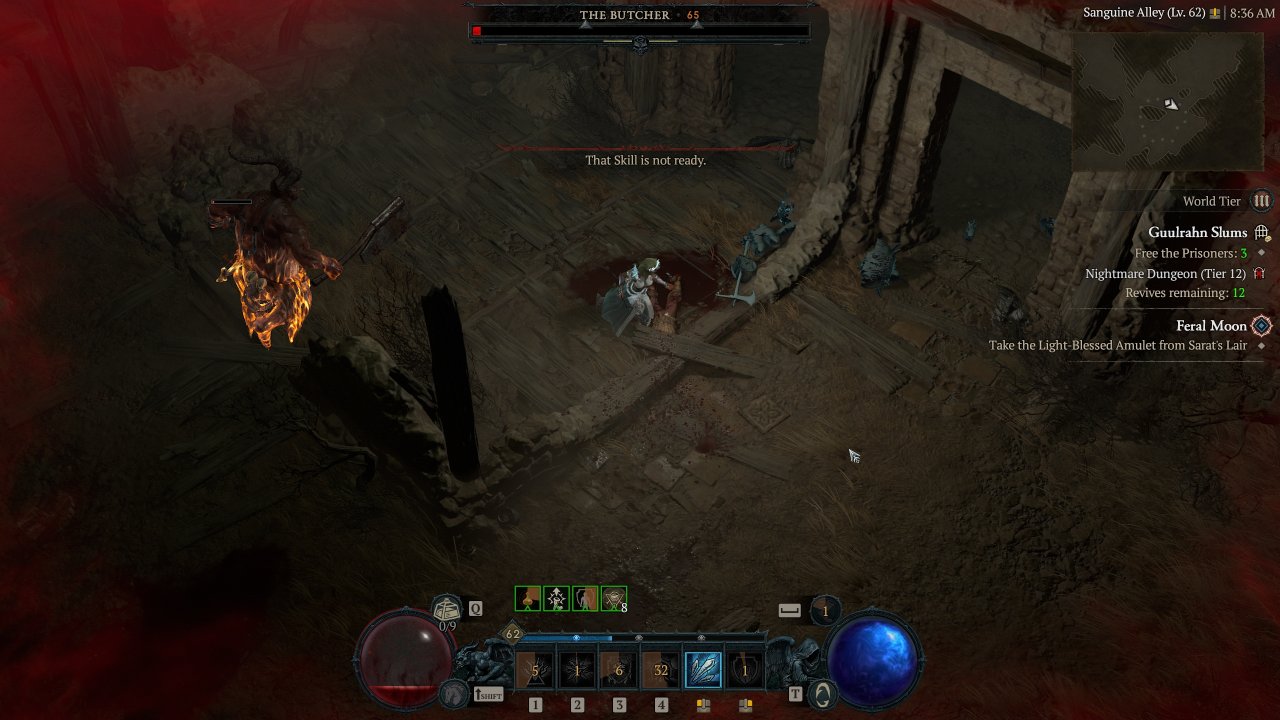
Campaign, yet not a single-player one
Bypassing the obvious statement of the game's genre (hack’n’slash action-RPG), we focus on the first pillar of the game, its campaign. The story of Diablo IV is set 20 year after the events of Diablo 3: Reaper of Souls. Malthael succeeded in collecting ninety percent of the souls of Sanctuary, an act which had severe consequences for the survivors. Poverty, the complete disruption of social and economic life is the context in which the central and side stories of Sanctuary are set.
Against this backdrop, an enigmatic figure, Elias, manages to bring Lilith (daughter of Mephisto and literal mother of humanity) into the world of Sanctuary, a sequence we see in the satisfying opening cinematic. The main story finds us chasing Elias and Lilith, always being one step behind, following the standards Diablo 2 set. The central plot will unfold their goals and more importantly their motivations for their actions, with the main heroes and characters giving their own interpretations. In this sense, our sidekicks seem a bit at the mercy of their own prejudices, and the pursuit of Lilith initially seems like it has to be done "because that's how it is". In this chase we will come into friction with many different "players", such as the angel Inarius. The central idea of the primordial struggle between Good and Evil does not exactly exist in the world of Sanctuary, since the motivations of the forces of Heaven and Hell are quite different from the Christian interpretation. I think a great strength of the game is that it is not afraid to examine where the extremes of blind faith and obedience lead, especially when the "leader" has completely different motivations than what his followers believe he has (as in the case of Inarius' narrative arc).

Diablo IV's writing is perhaps the first time in the series' annals that it has emphasized detail and explored the full range of emotions with complex characters without being pretentiously cryptic. It's the first time the antagonists (Elias and Lilith) have valid intentions for their actions; their motivations aren't limited to one axis, which makes them highly interesting. However, the story's escalation suffers on certain axes. The campaign is divided into 6 separate acts and a short epilogue. The first three acts are only formally set in order: the player can access them at any time and can complete them in any order they wish. These merge into a more linear plot progression for acts 4-6, but the story's escalation seems to be quite uneven. For example, the third act typically misreads a huge part of the map of the area in which it takes place and feels quite "small". In contrast, the sixth act is masterfully staged, with escalating action that gradually leads to a satisfying cinematic video. Overall, judging by the main quest, it remains a satisfying experience, but it's not the pinnacle of storytelling within the Diablo IV package.
Open world as a narrative medium but with long-term risks
This designation ("climax") belongs, in my humble opinion, to the little side-quest storylines that have been wedged in to enrich its world. In the five total areas that make up Diablo IV, you'll encounter NPCs many of whom have nothing more than a little bit of tone to add to the world through a small storyline/dialogue line. Similarly, however, there are several side-quest chains that give more background on past events that marked the situation we're facing now. It's these short stories that personally won me over far more than some fairly "invalid" choices in the main plot. On the flip side are of course some of the very silly "drop" side-quests since you don't know when they will appear, and there is no sort of list of completed quests to even know which ones are left.
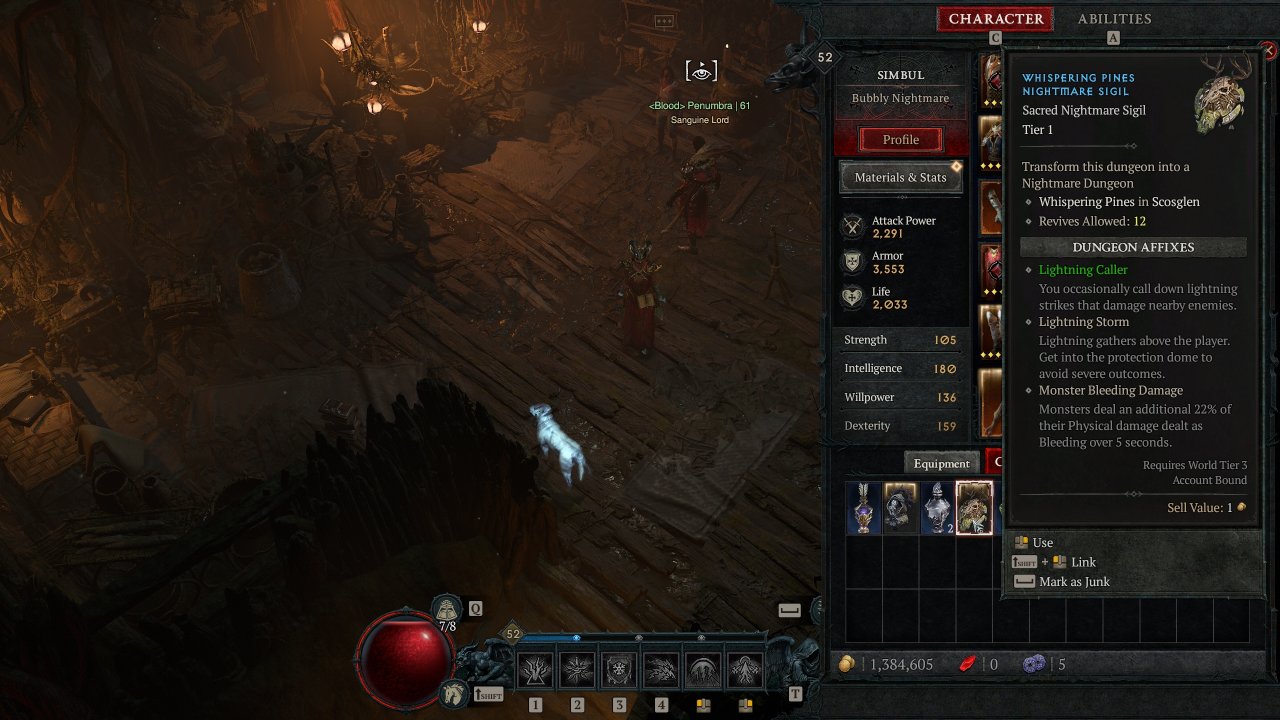
Special mention should be made of the plasticity of the world and its interaction with the player. NPCs have different lines of dialogue depending on how far along we are in the main story, and entire locations change as we get closer to the end. All of this adds up to giving the player all the agency that was almost universally missing from previous games. Of course, the more agency the player can have, the more it is limited by the immersion break when they see the random "BearhuggerLoLz" druid player "invade" their screen. Despite Blizzard's technological feat of delivering a seamless MMO map where players will go in and out of their respective screen, this too breaks the immersion of anyone wanting to experience the game's story and activities on their own. At this point I'd like to make special mention of how obnoxiously designed the game is in not permitting the option of a central translucent overlay when the map opens. It's 2023 and it's a huge setback to not be able to have this feature, instead opting to open the map and being forced to pause to see where you want to go. The excuse that it ruins the flow of the gameplay sounds funny to anyone who has played the game for even five minutes, while the "GPS pins" that have been incorporated can only be taken as a bad taste half-measure.
As flexible as the world is in its world state, it is not so modular in its geographical arrangement. The entire world map is "hard locked", there is absolutely no part of it that is randomly generated to the standards established by Diablo 1 and 2. And here comes the trap described in the subtitle of this section: it's very easy to get saturated by the monotony of the game, especially when you repeat the same thing over and over again every season. Whereas in Diablo 2 (we'll come back to the third installment in the series and why we've been avoiding comparisons with it so far) you could do anything and everything anywhere with the prospect of getting an upgrade for either now or the next character, here it all feels like a one-way street. You have to do the same activities over and over again regardless of their initially apparent abundance on a canvas that never changes.
Even the different incentives that the game gives in the form of the renown system already seem like a boring affair if you're going to target them every time you make a new character. To explain, renown is an area completion marker that unlocks various bonuses for both the character and the player's account (and thus the other characters) at regular intervals. Completion is dependent on fixed goals such as completing dungeons in the area, finding hidden Lilith statues, side-quests, etc. all of which contribute to making the player's journey to the endgame more bearable.
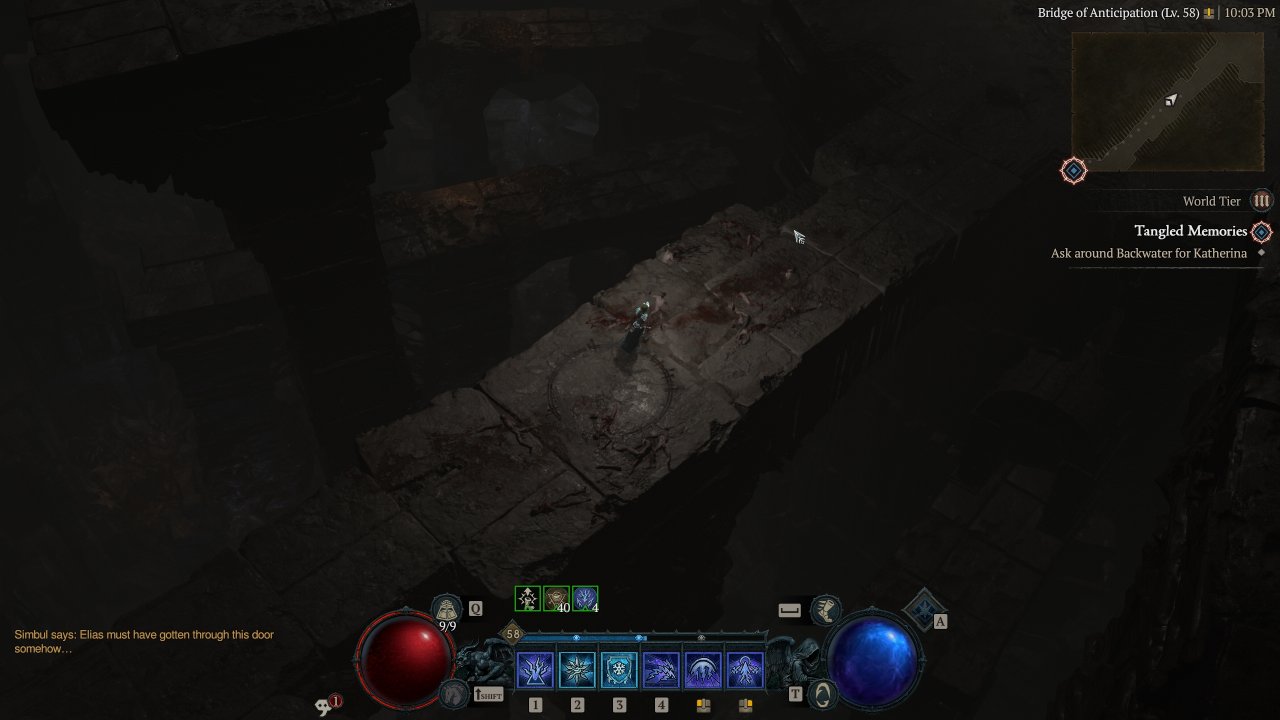
Endgame aka grind over and over again
And we slowly come to the magic keyword that is the essence for most players in the genre. What systems does the game have in place to "psyche" the player into believing that they are not doing a highly monotonous, endless grind to get the "ideal" item? In simple points of reference we can say that D4 looks at its two ancestors and borrows the Diablo 2 finish to put it on the Diablo 3 chassis. It succeeds in harmoniously integrating all of Diablo 3's endgame gameplay mechanics into the main plot so that it feels like an organically tied piece.
Once we complete the campaign we can start the first Capstone Dungeon which gives us access to the third of the game's four difficulty levels (there is another one that can be completed at level 70 or so). More XP, treasures and unique items make their appearance. If we had to roughly delineate the typical progression of a character, then this would be dedicated to the campaign from level 1-50, then 50-70 in World Tier 3 and from level 70-100 in World Tier 4. Up to 50 we have development on the traditional skill tree, which has a node-type approach (nothing like the previous systems therefore, although it borrows the Diablo 3 skills philosophy). From 50 onwards we're dealing with the completely redesigned Paragon System, which is very close to the customizability we've seen in Path of Exile.
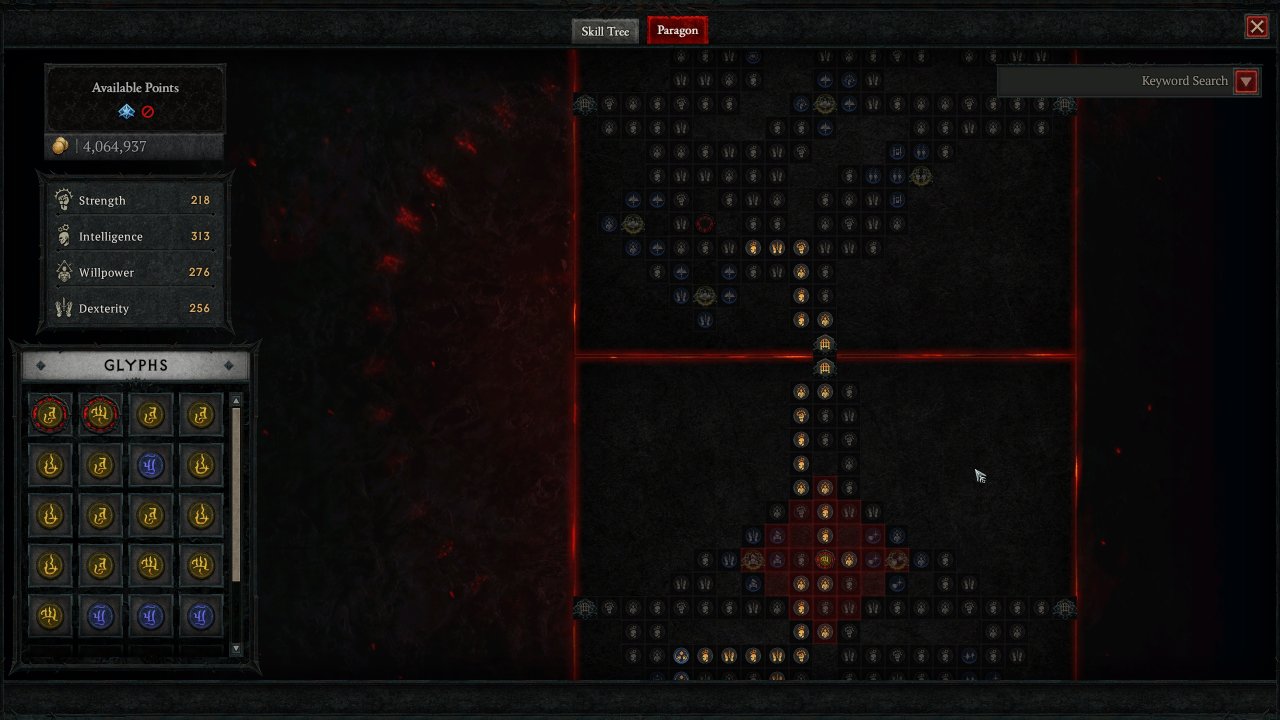
It's worth noting that the responsive combat system that was a trademark of Diablo 3 remains as it was in Diablo IV, which is a very positive thing. Contrary to the rest of the press, what I can say, having had the benefit of dealing extensively with the endgame, is that the combat is not slower and more tactical as described, but has a more methodical nature up to level 50. In the first real equipment and skill jump (WT3) things get tricky and require quite a bit of reflexes from the player, while in WT4 one-shots from a random monster are not uncommon.
However, the essence of the endgame is all about loot and getting your character to level 100. If we could classify his endgame into categories then it would be as follows:
- Nightmare dungeons: The variant of the normal dungeons that exist in the Sanctuary world. Their "enhanced" version is unlocked with sigils of different levels that have a corresponding difficulty. Lacks mechanics since they are of identical design (in the first part do X, in the second part do Y), and they become monotonous due to the non-switching tileset. Probably the biggest failure of the title as it stands so far.
- Helltide events: The forces of Hell invade one of the five regions for one hour. As we help in the defense, special type of currency (Aberrant Cinders) is dropped which can be redeemed by opening special chests. So and we die during the Helltide event, we lose half of the cinders we had in our possession.
- PvP: Special areas of the world where PvP is open. Probably the most interesting mechanic in the game since there was anemic PvP in Diablo 3. Pretty clever approach with the currency you have to cash in to buy various cosmetics (so only bragging rights), otherwise you lose it so leave the area.
- Tree of Whispers (bounties): The system carried over from Diablo 3 with various mini-missions in different parts of the map. We fill a bar, return to the Tree of Whispers and receive our reward.
- World bosses και mini-events: An interesting idea, but poorly implemented, since world bosses (three in number) only appear at certain times of the day, practically forcing players to adjust their schedule if they want to access them. The mini-events add a touch of interaction with the world, but they also become repetitive pretty quickly.
The endgame seriously falls short in many ways that show it was half-finished or the prospect was to come out the way it did with the main story complete, but without the other systems melded together. And this is where the GaaS character emerges its toxic characteristics. I don't want to rate D4 as an MMO, but ultimately that's what it is. And as it turns out the game is just now starting its development cycle, and based on past experience we're looking at it stabilizing at least a year from now. The endgame data shows that there's a monotonous exercise where the gradual grind makes you think you're working on your character rather than having fun passing the time.
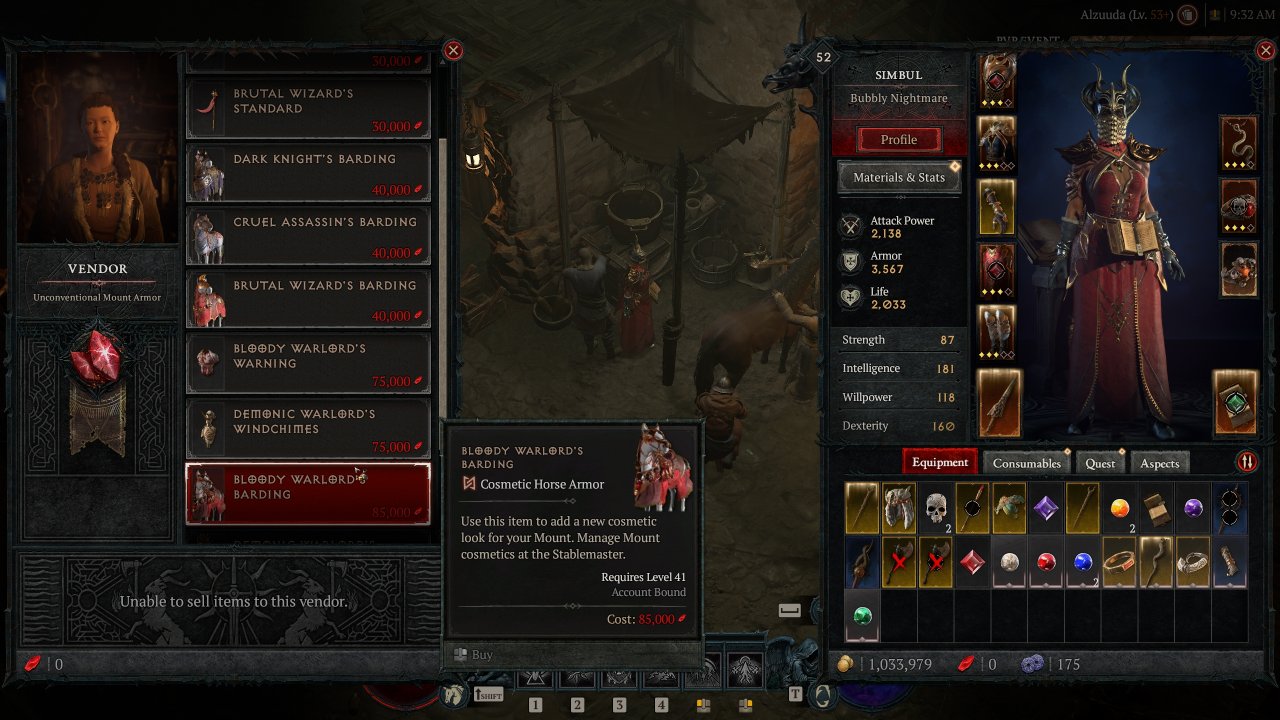
Admittedly, after the passing of the honeymoon period where I spent heavy long play sessions (which was noted and observed in the house as something unprecedented in the last year and a half) when I got to the endgame after the first few levels I wondered if I should do the same thing until the first season arrived. Somewhere in there the will to go in and spend time on my character (Sorcerer) evaporated too quickly, a symptom of pathogenesis that neither e.g. Path of Exile has avoided with the advent of each new League, nor Diablo 3 with its own seasons.
The fact that D4 is essentially the skeleton of D3 with a different wrapper is supported by the existence of all the other systems and especially crafting. All the raw materials, the existence of gems (which is also silly to take up inventory space), the way we transfer legendary properties from items to other items, the smart loot system that recognizes the character we are playing and almost exclusively gives items with their class, etc. All of this sets the stage for a power creep in later seasons, while the lack of meaningful trade between players results in the oxymoron of the game being MMO but practically self-found for items that count and are hard to find. In an ironic reflection of real life, we're all together in solitude and that would be okay if the game's itemisation didn't seem to have the same problems that plagued D3. These shortcomings extend to the clan system where while the basic elements of managing a clan are present, it lacks for example the guild stash or elements that further enhance the coop, beyond having the group run the same dungeons over and over again. It remains to be seen if I will be confirmed for my concerns, but my guess is that there will have to be radical changes to avoid the phenomena seen in D3 with incomplete elements that took years to fix.
Grimdark is back on the menu
At the opposite end of the spectrum from its systems, which seem to have been largely recycled but without any substantial changes, is the artistic aspect of the game. Already from the first images we saw that Blizzard made conscious and big leaps to avoid the approach of oversaturated colors with which it has been identified since 2004 and beyond (advent of World of Warcraft, Starcraft 2, Diablo 3). Every corner is full of details that highlight the grimness and misery of a world that has lost too many inhabitants and is in permanent misery. The dungeons are full of photorealistic shadows that further highlight the gloom and minimal light.
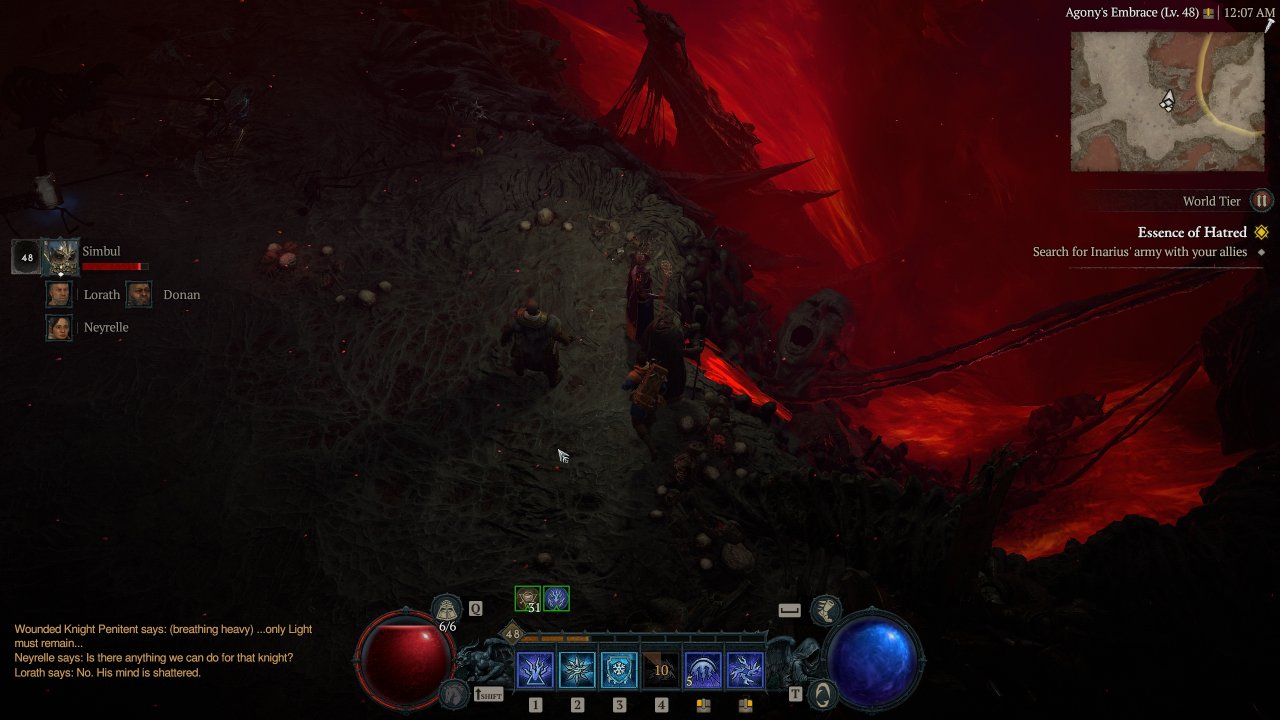
The game tends to have a more grey palette universally. However, the team behind the game has managed to depict five different areas on the map and connect them with very clever transitions. It's not difficult therefore to go from a snowy landscape full of frosts, to a swamp or desert, or even to areas that are strongly reminiscent of the grasslands of Scotland/Ireland. This turn towards Diablo 2's roots with its more down-to-earth and realistic depictions (even when they show dismembered corpses in the context of unholy rituals) further breathes life into its world.
To me it's clear the influences of both Grim Dawn in this area, and in the world system itself. Both games have this grimdark and locked areas that don't change with every save state or character. Unlike D4 though, I found Grim Dawn to be a bit more in line with the feel and goals of the world (eldritch horror with steampunk elements). As mentioned, there is a special care taken to make the transition from one area to another as subtle as possible. This is mostly the case in the game's campaign, but the more we teleport the smaller the world seems than it really is, and this suspension of disbelief is inevitably negated very quickly. The same thing happens once we gain access to the horse, which is the new movement mechanism for anyone who doesn't want to just teleport.
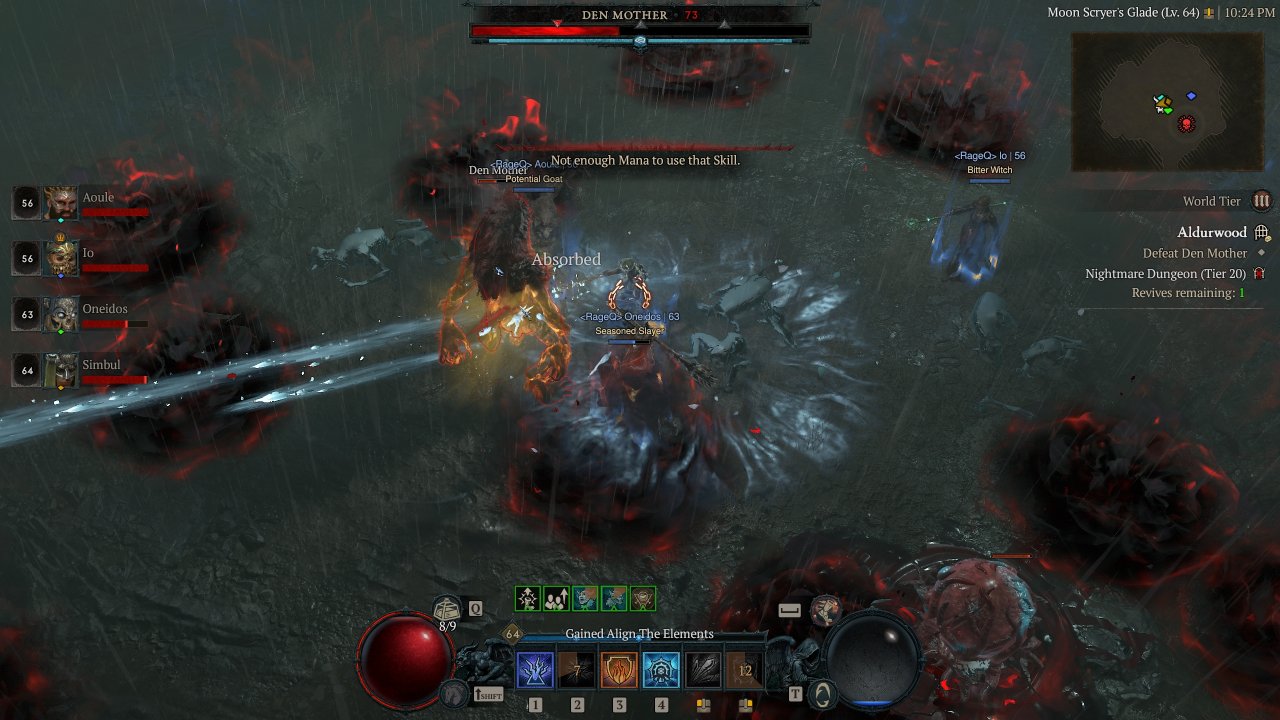
It would be an oxymoron if the updated visuals were not accompanied by an equally dark soundtrack. Thankfully, here too, Blizzard has departed from the high-fantasy orchestral music and opted for a more ambient soundtrack. The soundtrack is extensive and multifaceted, but is unfortunately buried by the odd mix of all the sound channels. My advice would be to reduce the effects sound from the options menu so you can enjoy the other sounds in better balance.
DDoS attacks, always online, paying for a service…
As a now casual gamer who is rapidly approaching his forties, I feel revulsion for anything that doesn't respect my time as I have defined it for myself. What do I mean by that? Consider the (very real) scenario of someone having managed to untangle all their work obligations and for one day not having brought workload into the house. At the same time he has taken care of everything to do with lists/shopping/kids/gym etc. In short, he has 2-3 hours of free time (ok, we're bordering on fiction now) which he can devote to getting his pseudo digital dopamine booster fix. Everything so far is under (his) control, he opens the game he has paid for with his hard-earned income and is welcomed with a notification that he has a one hour wait for the game to connect to the server...
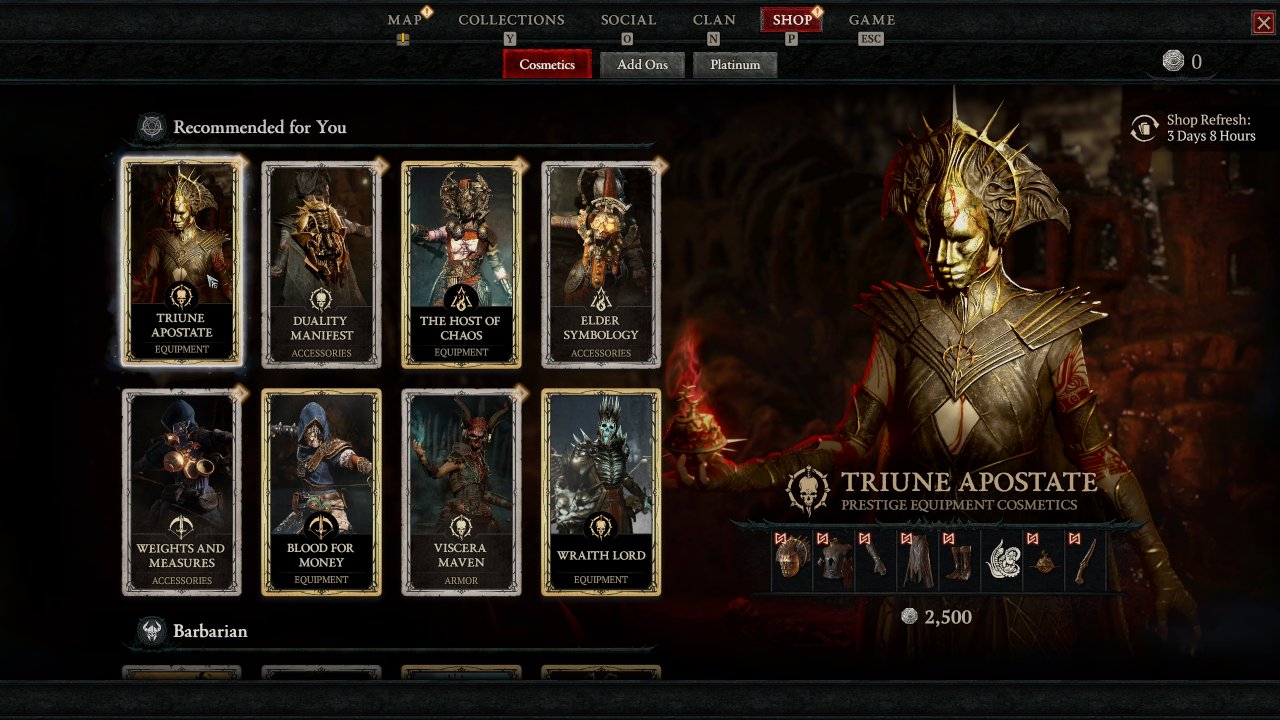
Admittedly, I noticed this phenomenon a few times in Diablo IV (it didn't have Error 37), but the 2-3 times it appeared it was an absolute monster. It's not the game itself that's to blame somewhere, but the GaaS policy and always-online DRM hidden by other excuses (checking for scammers etc.). It's silly to still support such practices without a better solution even for the portion of the community that wants to play exclusively offline. It's also comically tragic/ironic that most of the technical problems I encountered in the game had to do with Blizzard's servers, for a game that is aimed at Games as a Service...
I mention most of them because there are some clipping issues in places especially when we are riders on our steed and we are going carelessly to a certain area. To perhaps generalize the situation a bit, the whole horse mechanism gives the feeling of jank for those who decide to play with mouse and keyboard, since its speed depends on how far the cursor is from it... On the flip side, it's worth mentioning that the game is fully optimized even for a machine marginally a decade old, with no serious discounts in settings.
We can develop our concerns a lot, but we have to draw a line somewhere. Diablo 4 comes with extremely uneven expectations and tries to fulfill both the role of redeemer and be a purely entertaining game. As it seems so far, the systems have some foundation, but they haven't been polished giving the impression that the game was rushed out to catch a proper PR moment. As it stands now, we are unable to recommend it for its campaign alone, although it is an addictive title for the duration of the honeymoon period. Blizzard has its work cut out for it, and has a big bet with itself to deliver an endgame very soon that's on par with Atlas in Path of Exile or Crucible in Grim Dawn. The first step she needs to take is to realize that it's not just the name that implies the experience will be fun. D4's competitors, whom it aspires to dethrone in market share, have gone through many experimental stages and have managed to deliver something systematically multifaceted and addictive. It's time for Blizzard to stop playing it safe and think more creatively, especially in the area of endgame gameplay.
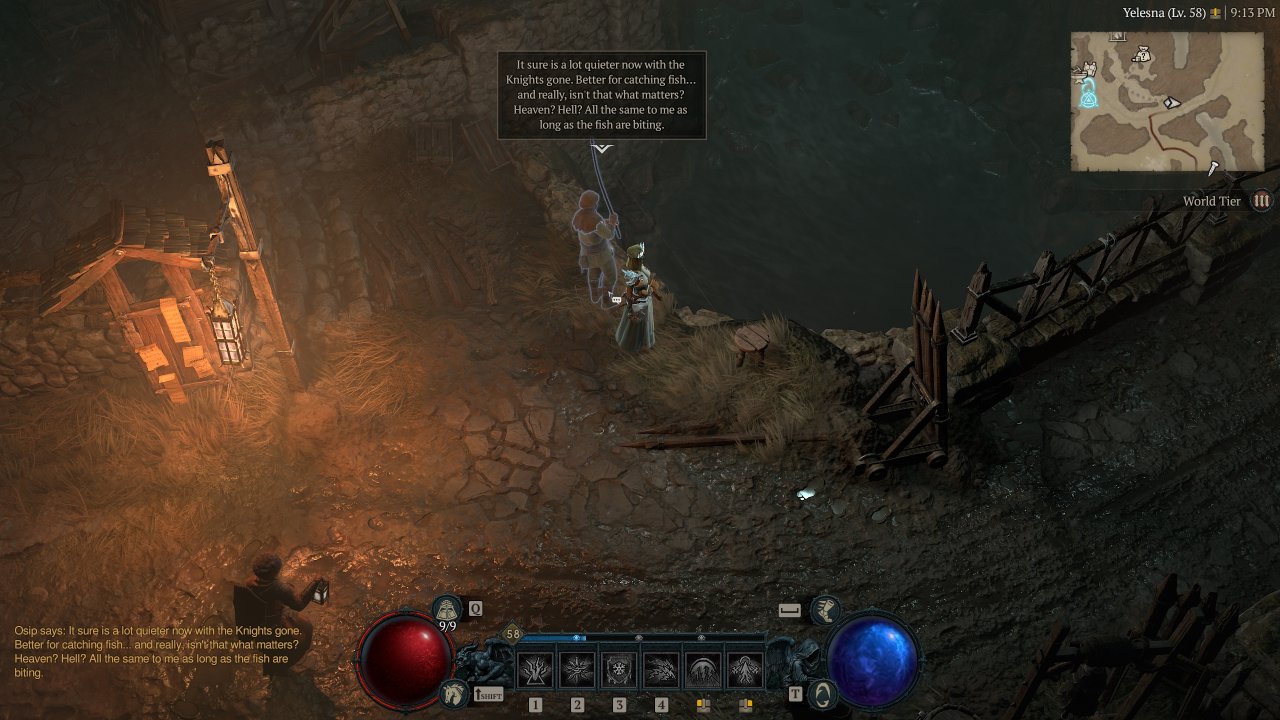
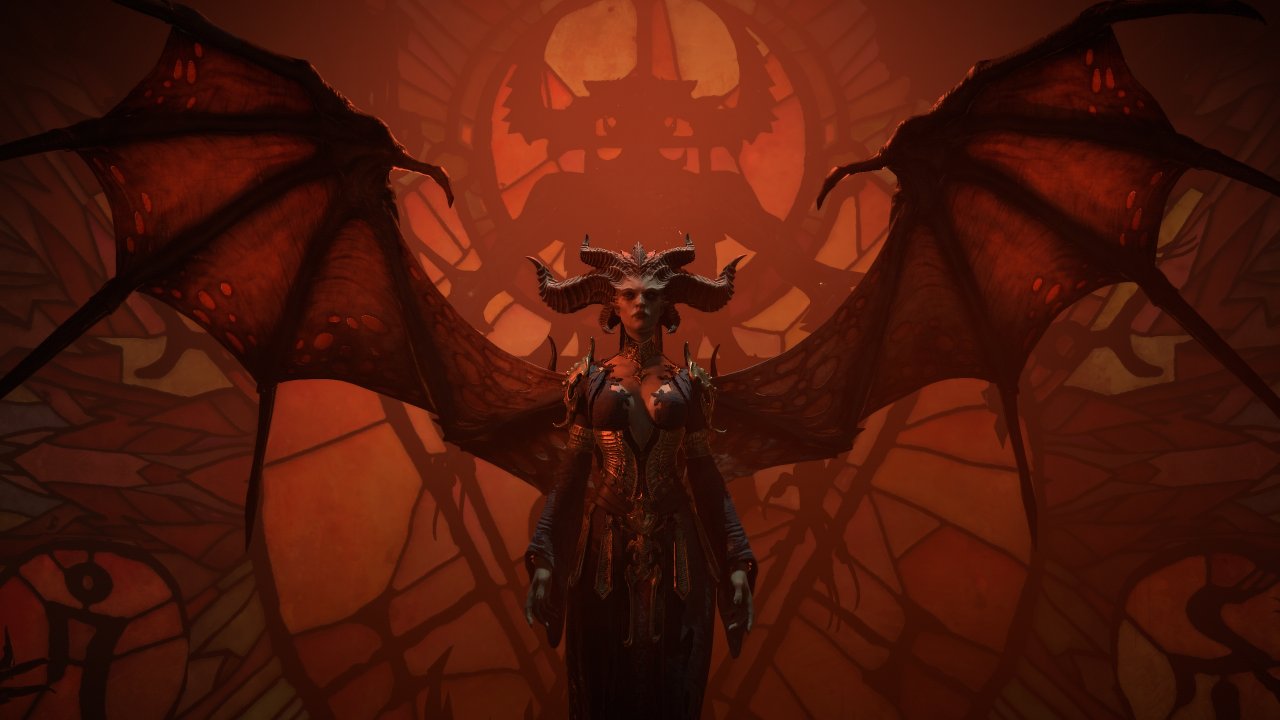
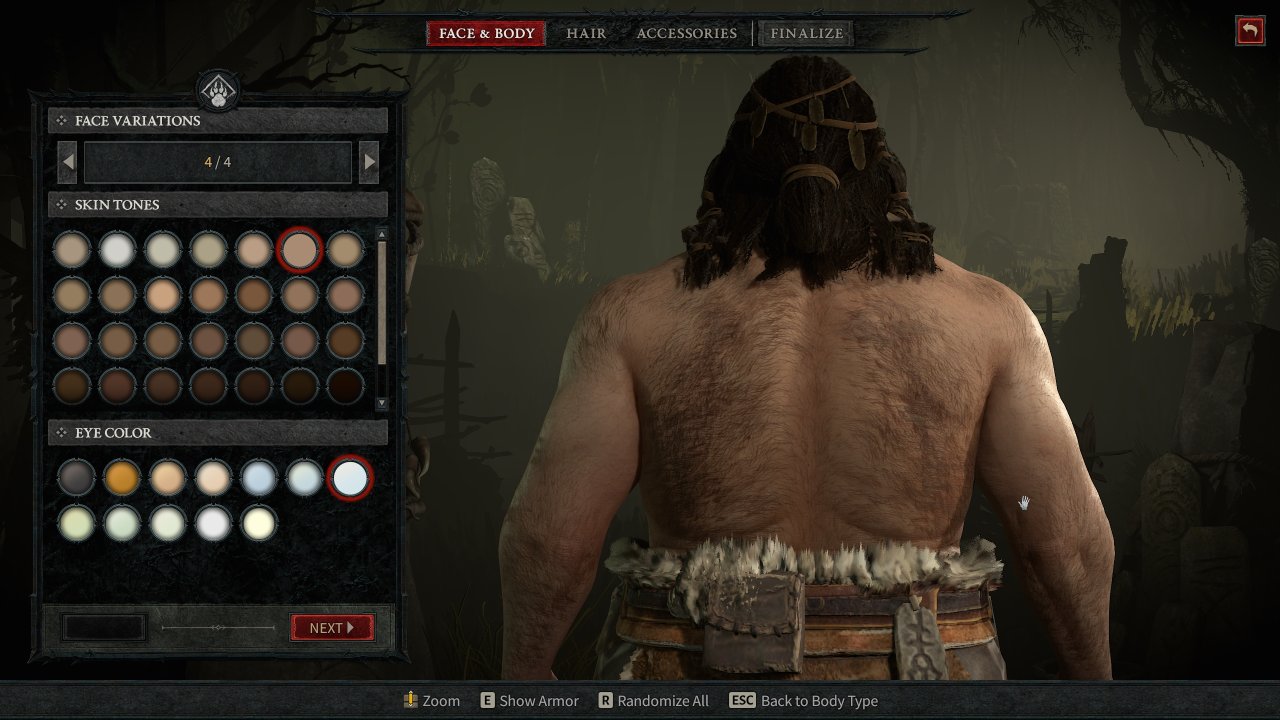
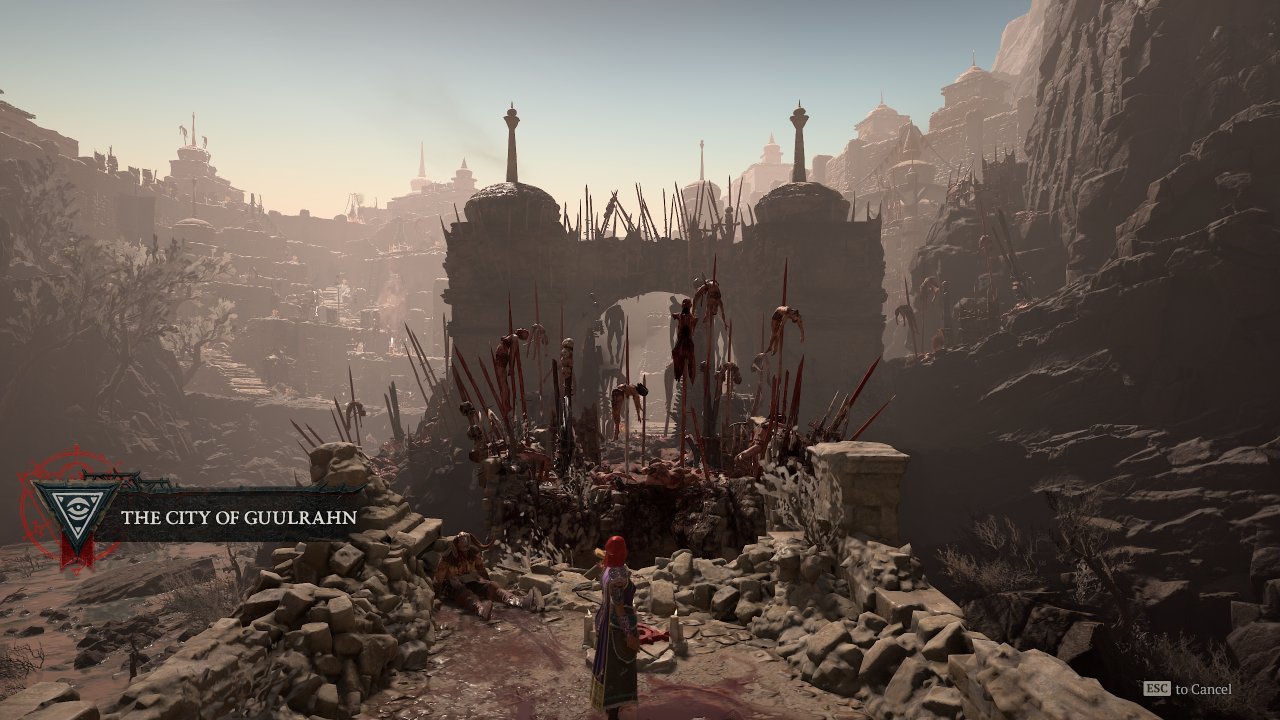
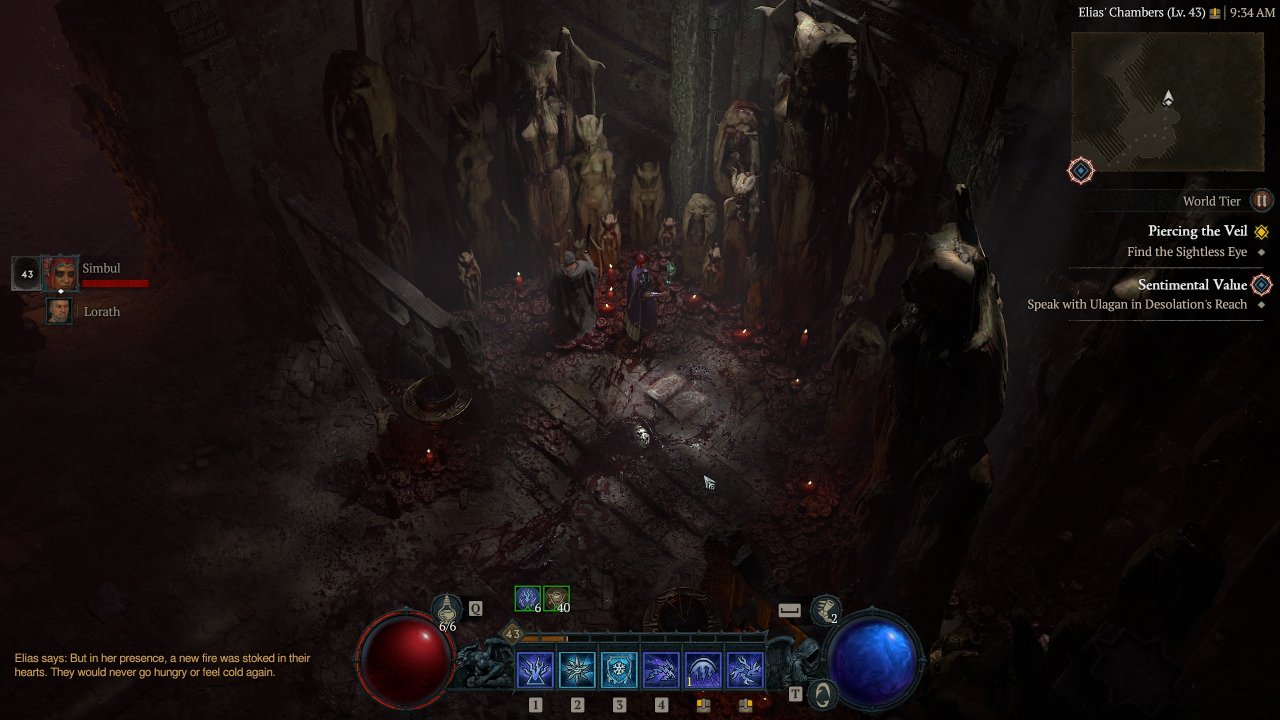
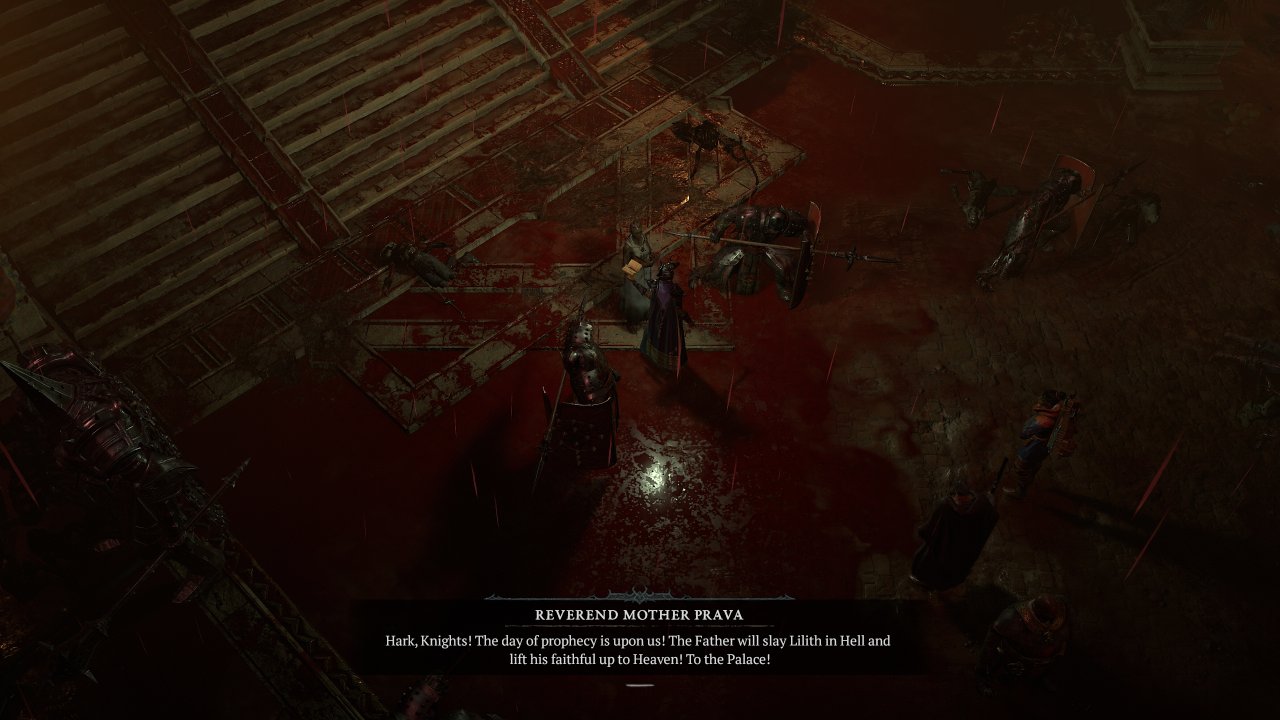

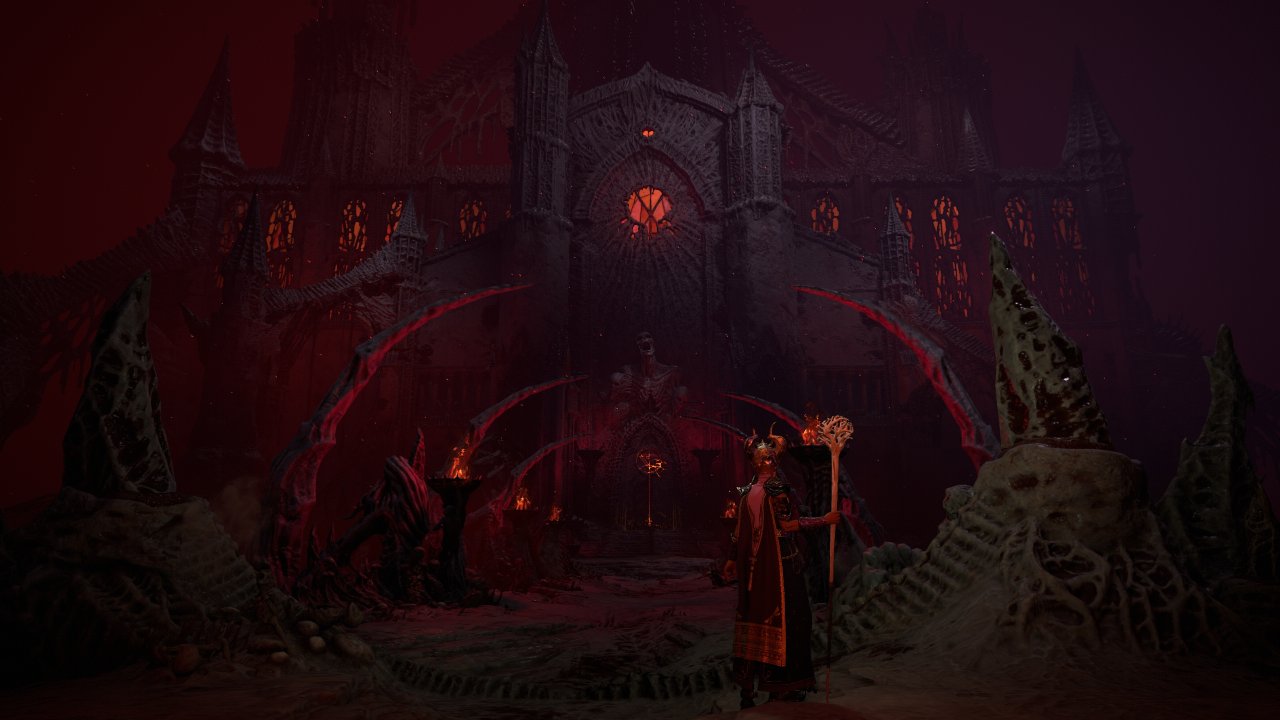
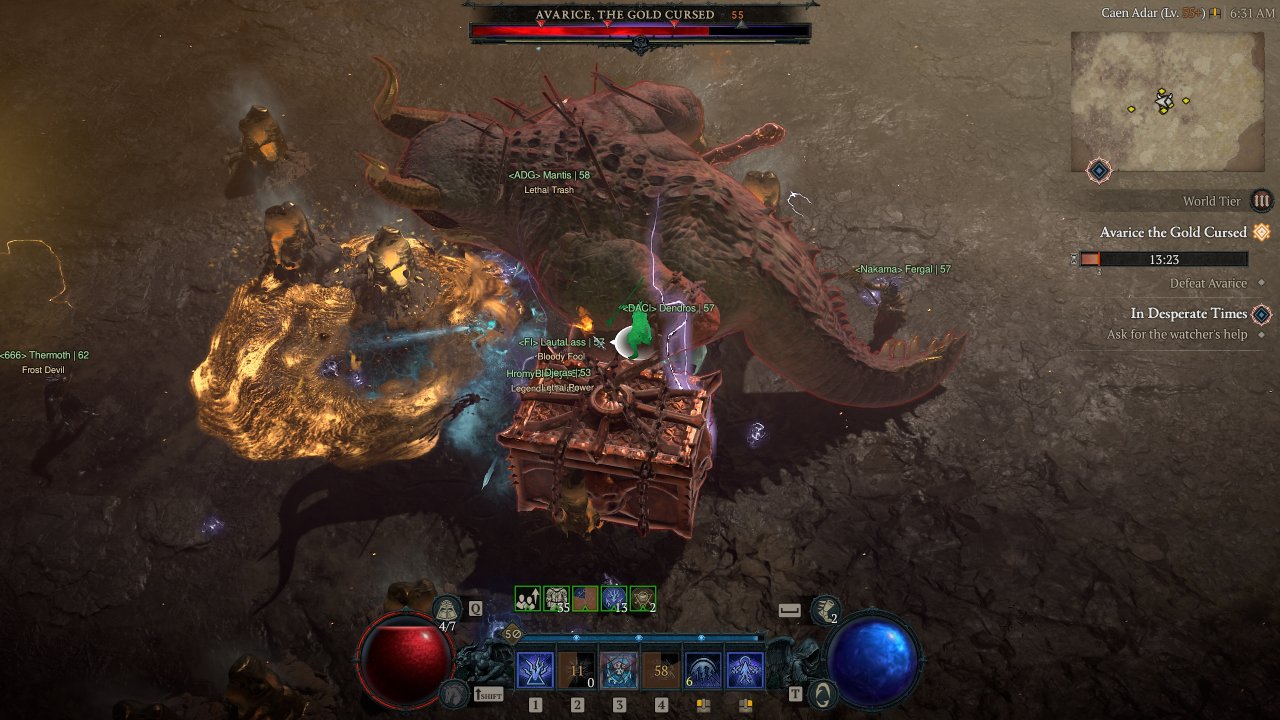
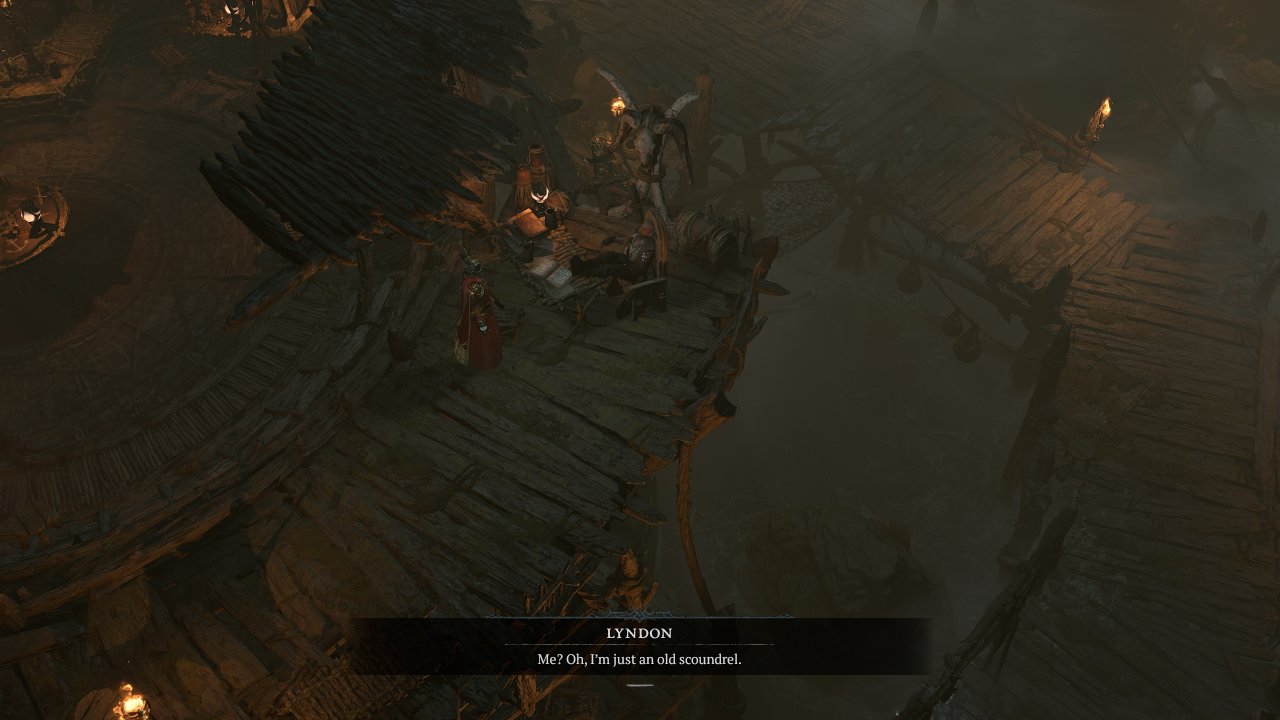
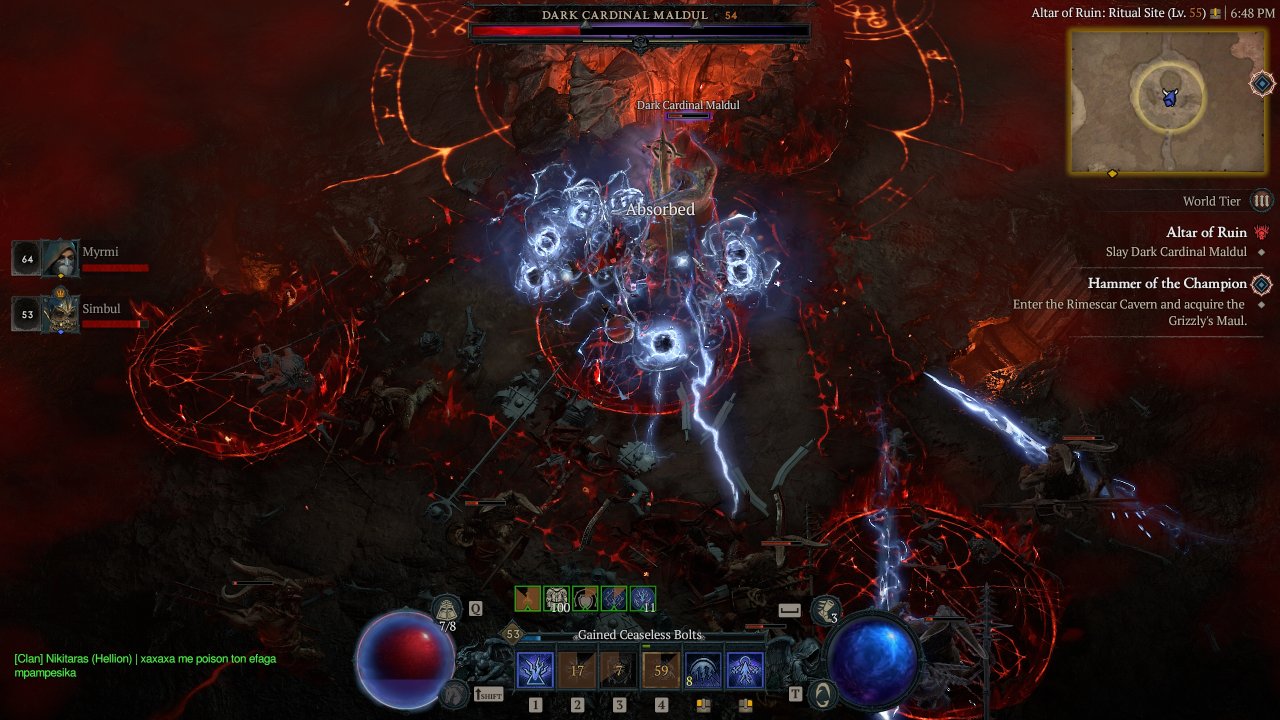
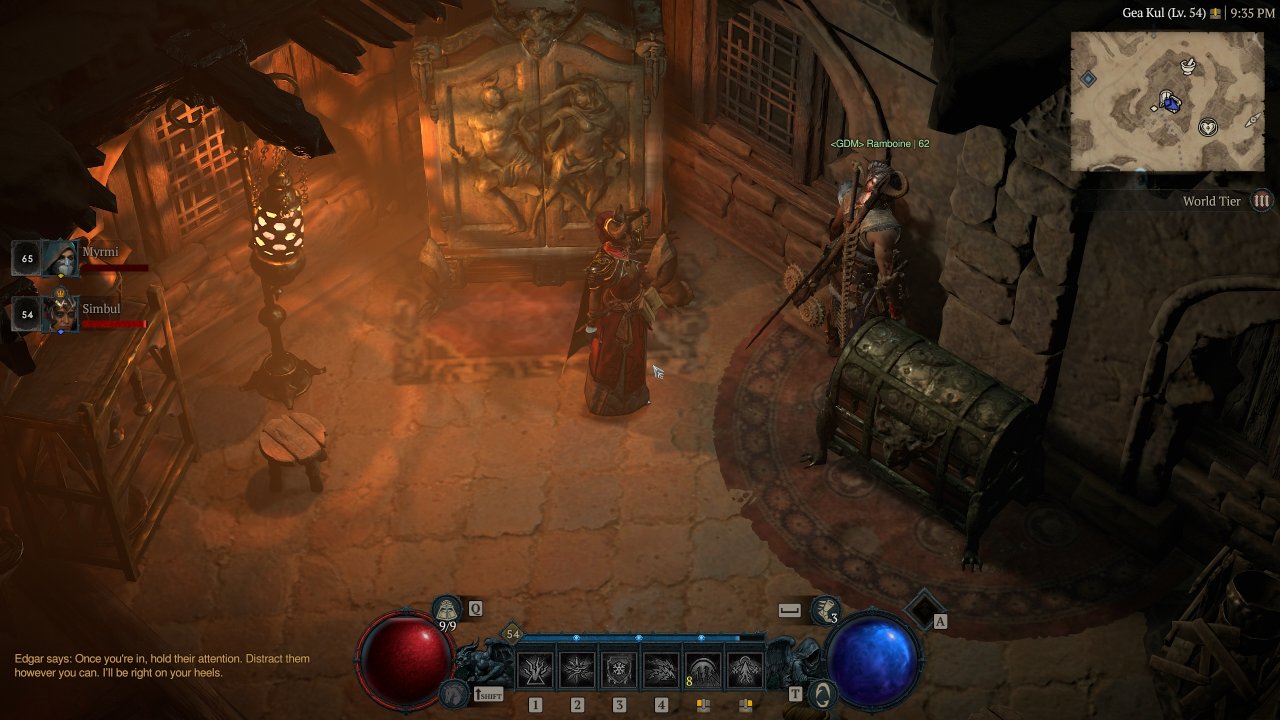
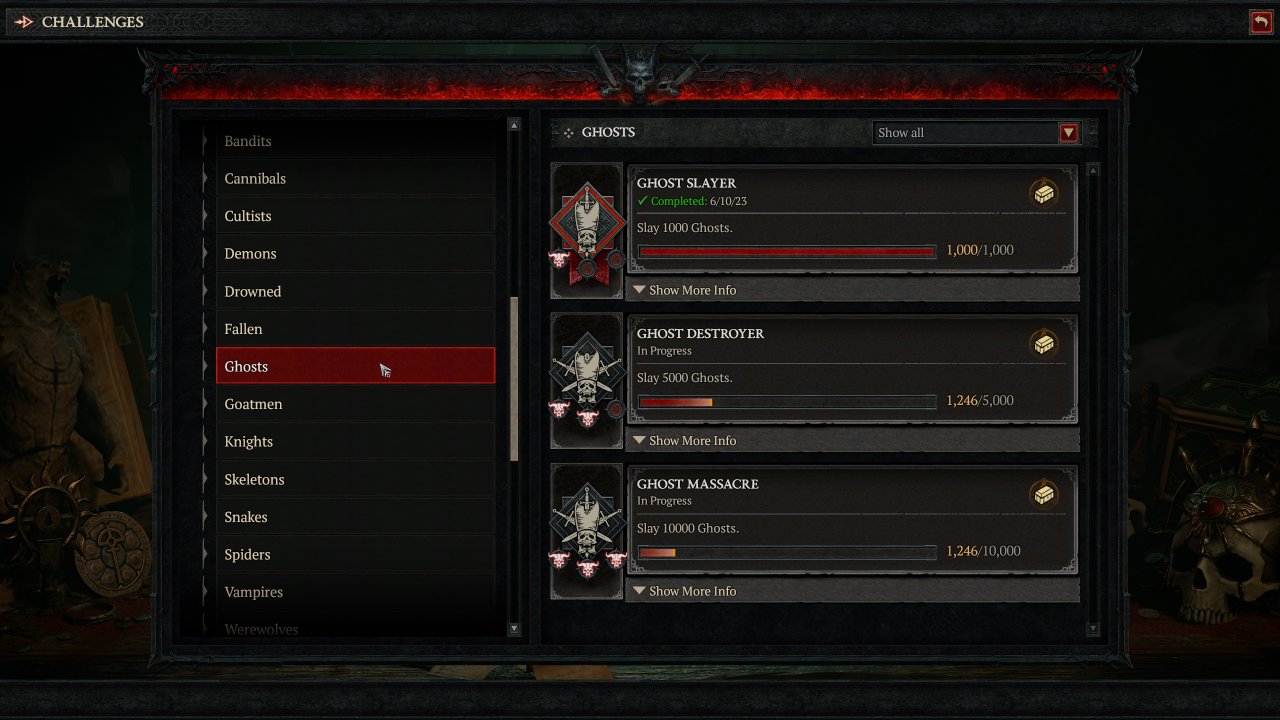
Back to its roots or one of the same?
RATING - 82%
82%
Lili(th)putian Endgame
Diablo IV runs as a grimdark, stylistic view on the chassis of Diablo III. Highly addictive, grandiose in its objectives, with a satisfying length even for those who don't want to be bothered with the lackluster endgame.
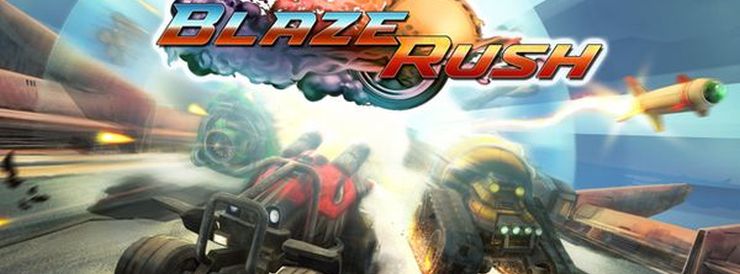
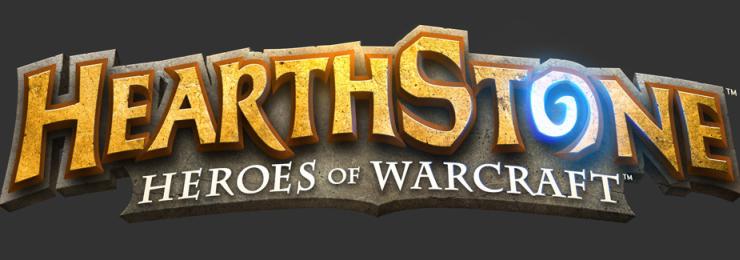

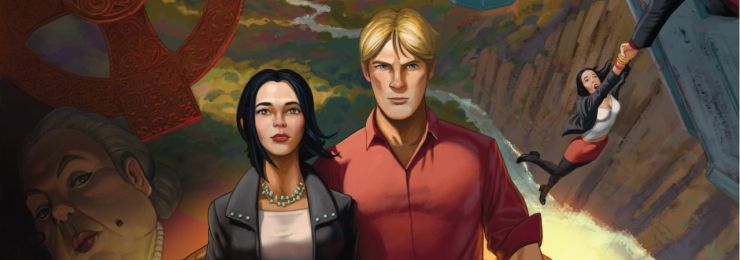
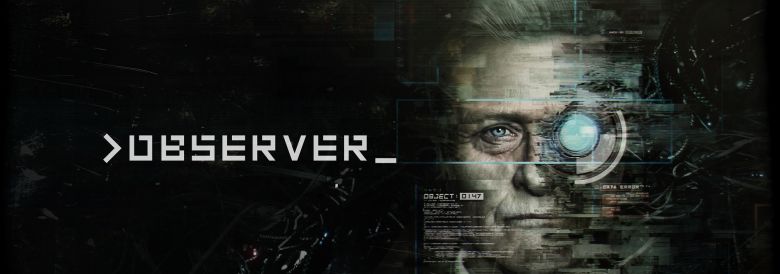

data-trpgettextoriginal=38 comments